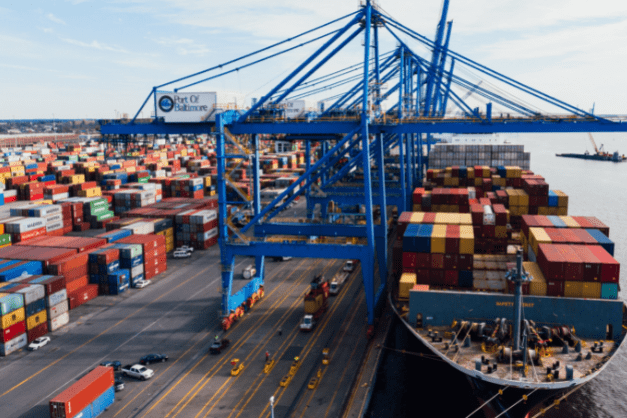In 2020-21, as the COVID-19 pandemic hit the world, demand surged. With lockdowns all over the world in place, freight rates increased. But in 2022, the demand surge finally abated, as various stakeholders scrambled to deal with inflationary pressures. As a consequence, now in 2023, it seems prices have finally relented, allowing supply chains to recover slightly. Now as the time to renegotiate long-term contracts with ocean carriers comes up, retailers in the US hope to slash shipping costs and save millions.
According to Xeneta, a Norway-based transportation data firm, the average contract cost of shipping a container from China to the US West Coast was $2,618 as of Feb. 9. This figure indicates lower freight demand as the result of retailers cutting orders and consumer spending declining. The rate rose to $8,607 on April 1, 2022, from $3,174 a year earlier. During that time, importers were scrambling to secure space on ships for the summer and fall seasons. Many even signed contracts at double the previous year’s rates, according to shippers.
Around the time of last year’s negotiations, dozens of container ships were backed up off the coast of California. In the rise of Covid-era consumer goods spending, shipping volumes had surged. Additionally, a shortage of dock and warehouse space, truckers, and trucking equipment led to a 20% increase in freight snarled supply chains. The bottlenecks— which let up throughout 2022— caused transit times for cargo to more than double and supply chain costs to balloon. Some cite these challenges as contributors to inflation’s four-decade high last year.
Importers predict that this year’s contract talks will be different. Many retailers have pulled back on orders while working through inventory backlogs. As a result, cargo volumes are weak, and ocean carriers are scrambling to fill space on ships. Contract rates have fallen in the ocean-shipping spot market, where importers book containers without a contract– with pricing hovering around $1,000 on some trans-Pacific routes.
Key Takeaways
As declining demand eased supply chain bottlenecks in the last quarter of 2022, rates naturally started falling. In turn, retailers renewing contracts also expect to be able to renegotiate lower rates. While retailers continue to face pressures from high energy, labor, raw materials, and other costs, they say lower ocean shipping expenses will help in steadying prices.
Some companies expect to cut ocean-freight rates by 50% or more. In turn, this could allow retailers to slow or stop price increases for goods. Lower freight rates can reflect in price cuts on merchandise as well, leading to directly reducing inflationary pressures. In fact, Jonathan Ostry, a Georgetown University professor said cutting shipping rates in half should reduce inflation by the same amount.
Want to stay up-to-date on the latest logistics news? Subscribe to the Manifest newsletter to get industry updates, insights, and Logixboard announcements delivered straight to your inbox every week.




